
The 1950s were a time of drastic change, but for Black women, it felt like crossing a maze of norms, expectations, and battles that no one asked for. So, let’s take a look at 20 norms they had to face and, more often than not, defy with style and grit.
Limited Access To Education
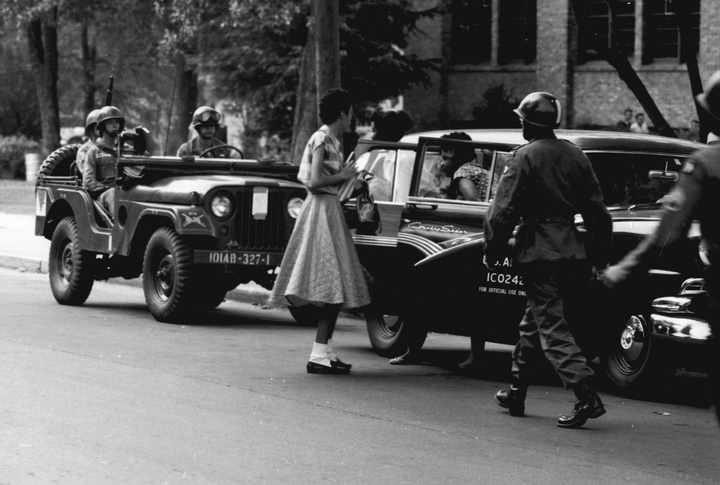
In the 1950s, Black women faced significant educational barriers, especially in the South. Schools were segregated, limiting their access to quality education. However, by the late 1950s, efforts like the Little Rock Nine brought attention to the lack of equal opportunities.
Pressure To Uphold The Role Of The Domestic Worker
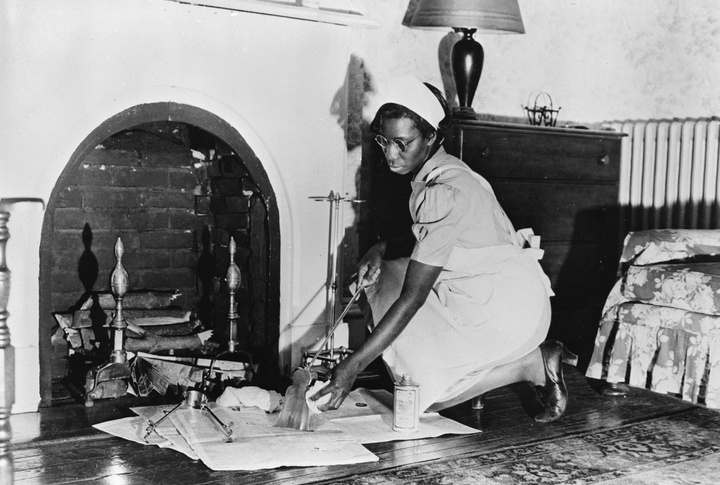
Many Black women in the 1950s were expected to work as domestic servants, a role heavily tied to racial stereotypes. Even educated Black women often found themselves relegated to menial jobs due to discriminatory hiring practices.
Struggles For Political Participation
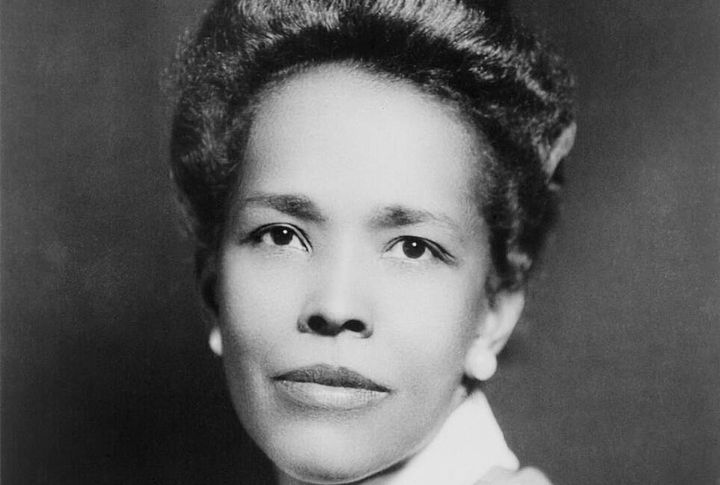
Despite being active in grassroots movements, Black women’s political influence was largely invisible in the 1950s. That’s why political activists, women like Ella Baker and Septima Poinsette Clark, fought tirelessly for Black women’s representation in politics.
Restricted Beauty Standards

The 1950s introduced rigid beauty ideals that excluded Black women’s natural features. Straightened hair, lighter skin, and European-like features were celebrated, forcing Black women to assimilate to mainstream ideals. Icons like Dorothy Dandridge challenged these norms, pushing for acceptance of natural beauty.
Social Expectations Of Submissiveness
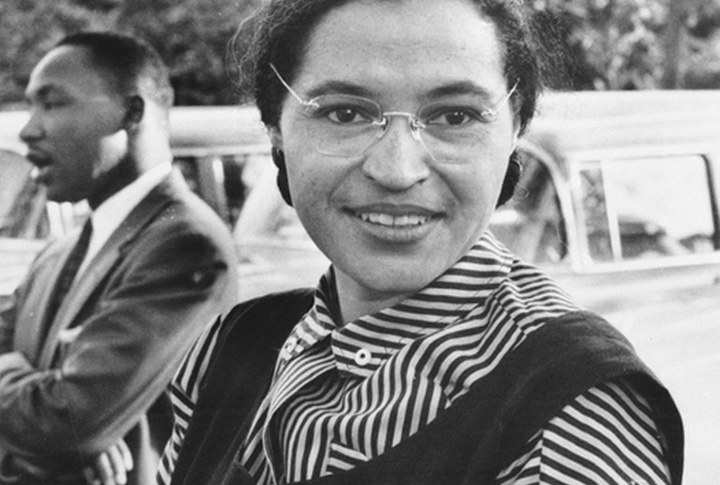
Black women were expected to be docile and subservient, a standard imposed by both race and gender norms. This image of the “silent, loyal servant” was projected onto Black women. Yet, figures like Rosa Parks broke free from these constraints, showing courage in the face of injustice.
Underrepresentation In Media

In the 1950s, Black women were underrepresented in mainstream media. When they were portrayed, they were often reduced to stereotypes, with little room for depth or complexity. This lack of visibility in film and television reinforced racial and gender inequalities.
Exclusion From Mainstream Feminism
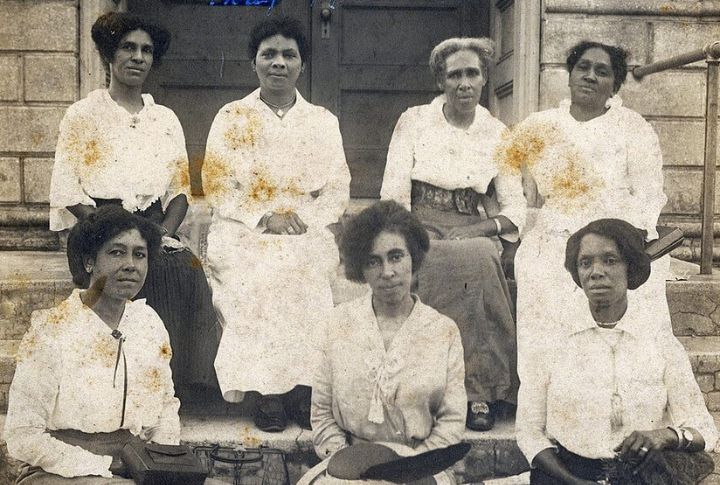
Mainstream feminism largely ignored the unique struggles of these women. The movement, which focused primarily on the issues of white women, failed to address the intersection of race and gender. As a result, Black women faced a dual burden of sexism and racism.
Economic Disparities And Pay Inequality

Black women earned far less than their white counterparts in the 1950s, regardless of education or work experience. In industries like teaching, nursing, and service work, wage inequality was blatant. These economic barriers ensured Black women remained at the bottom of the socio-economic ladder.
Pressure To Conform To Traditional Family Roles
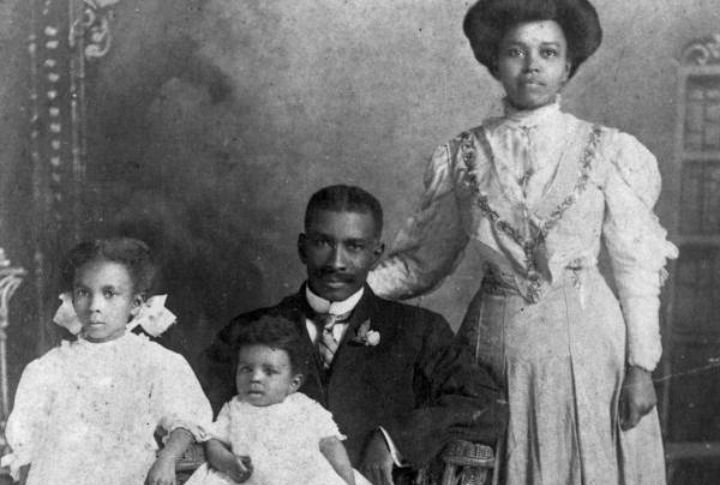
The 1950s ideal of the nuclear family placed immense pressure on Black women to stay within strict roles as wives and mothers. This limited their personal freedom, as women were expected to prioritize family obligations above career or personal aspirations.
Cultural Expectations Around Motherhood

Motherhood was idealized for these women, with society placing a significant burden on them to maintain the family structure. It conflicted with the economic realities many Black women faced. Hence, balancing motherhood with work and community responsibilities was an ongoing challenge.
Segregation And Discriminatory Practices
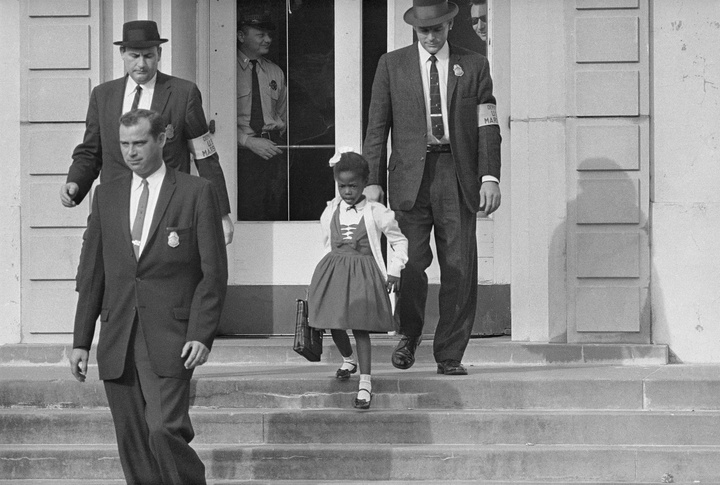
Racial segregation permeated daily life in the 1950s, limiting Black women’s access to public spaces, schools, and job opportunities. The legal and social structures maintained racial hierarchies, with Black women facing the harshest consequences.
The Fight For Voting Rights
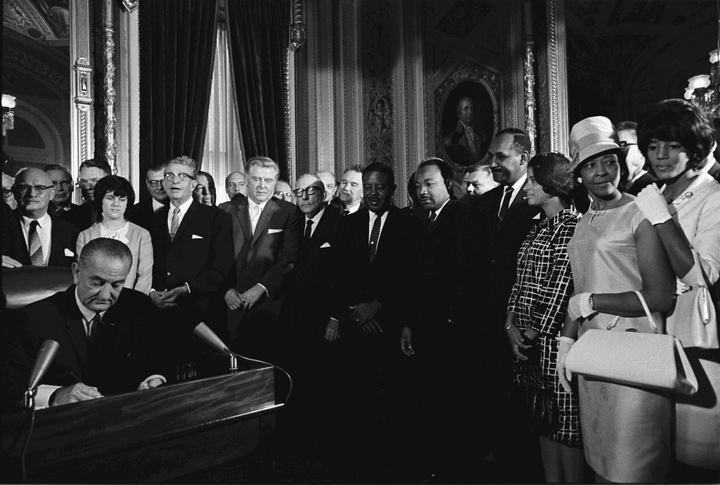
Although the Voting Rights Act wouldn’t pass until 1965, Black women in the 1950s were already leading efforts to secure voting rights. Activists like Fannie Lou Hamer worked tirelessly, facing violence and intimidation, to push for political equality and the right to vote.
Discriminatory Health Care Practices

Healthcare institutions were racially segregated, and Black women received subpar care. Hospitals and clinics denied them treatment or relegated them to overcrowded wards. Figures like Dr. Mamie Phipps Clark challenged these inequalities by indirectly advocating for better healthcare access for Black families.
The Stereotype Of The “Welfare Queen”
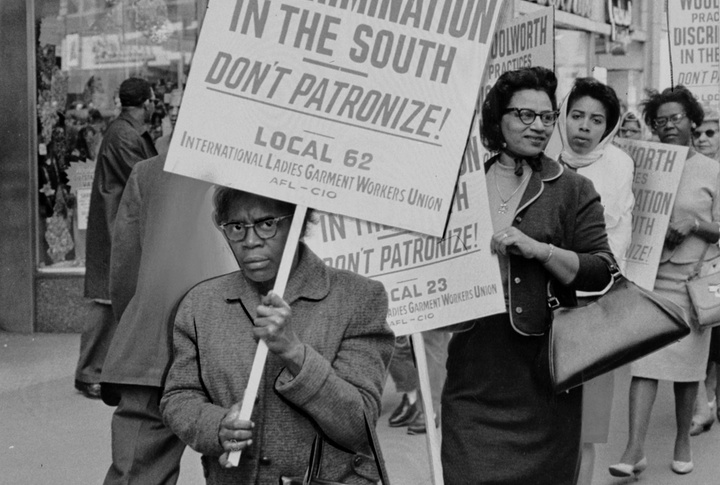
The stereotype of Black women as lazy and dependent on welfare was pervasive. This narrative ignored the systemic barriers that kept Black families in poverty. The stereotype later became a political tool, further stigmatizing Black women and dehumanizing their struggles.
Limited Opportunities For Artistic Expression

Artistic opportunities for Black women were scarce in the 1950s, with limited representation in galleries, theaters, and film. Yet, women like Lorraine Hansberry and Maya Angelou broke through these barriers, using their art to express the complexities of Black womanhood and to challenge societal norms.
Expectations To Uphold Religious Morality
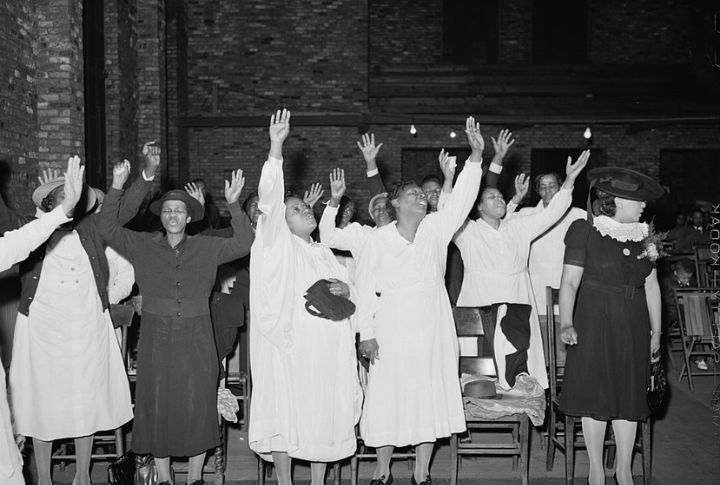
The 1950s placed a strong emphasis on religious morality, with Black women expected to be pious and self-restraint. Their role as the spiritual backbone of the community was a defining feature of their lives, leading them to cross complex societal expectations of piety and submission.
The Burden Of Single Motherhood

Single motherhood was heavily stigmatized, especially for Black women. These women faced financial and social struggles, often raising children alone without the same level of support as their white counterparts. Despite these challenges, many Black mothers became the backbone of their communities.
Pressure To Support Black Men’s Progress
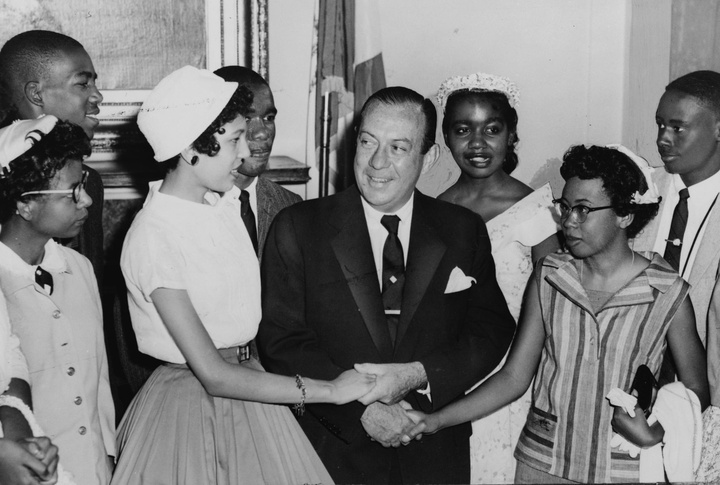
These women were expected to support the civil rights movements spearheaded by Black men. While these movements were important, Black women struggled to ensure their own voices were heard. Figures like Diane Nash and Ella Baker demonstrated the necessity of their independent activism.
Barriers To Mental Health Resources
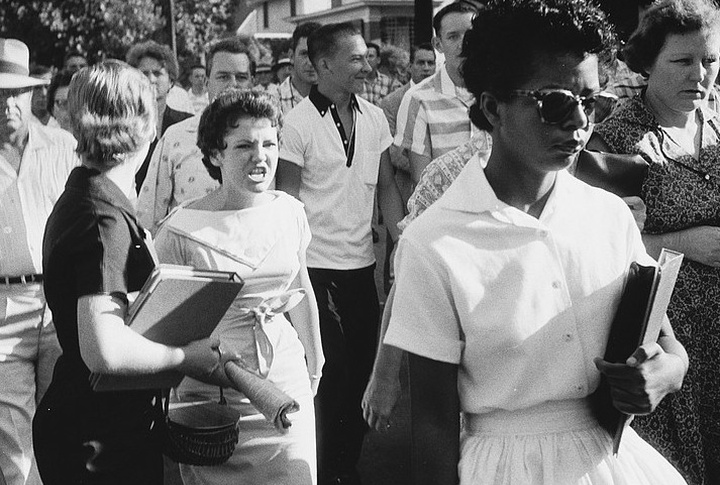
Mental health resources were limited and often inaccessible for Black women in the 1950s. The stigma surrounding mental health, combined with orthodox attitudes, left Black women without the necessary care. This lack of support exacerbated the emotional toll of systemic oppression on their well-being.
Unspoken Expectations Of Sacrifice
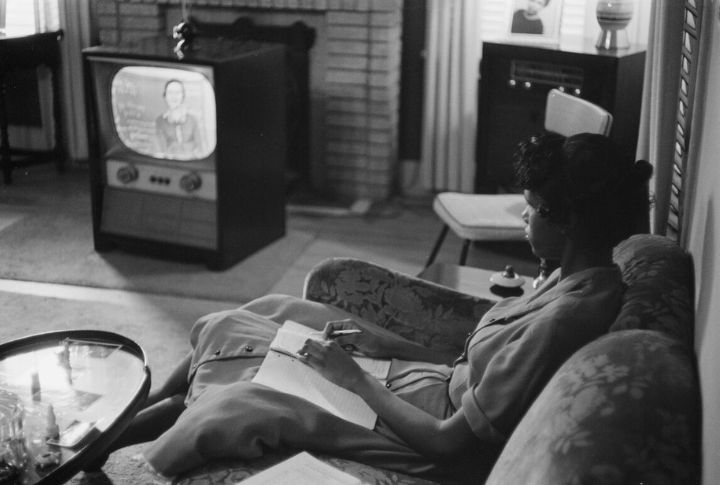
During that time, women were expected to sacrifice their own ambitions for the sake of their families or communities. Such cultural norms placed heavy burdens on their personal lives, with little recognition or support for the toll it took on their emotional and mental health.

Comments
Loading…